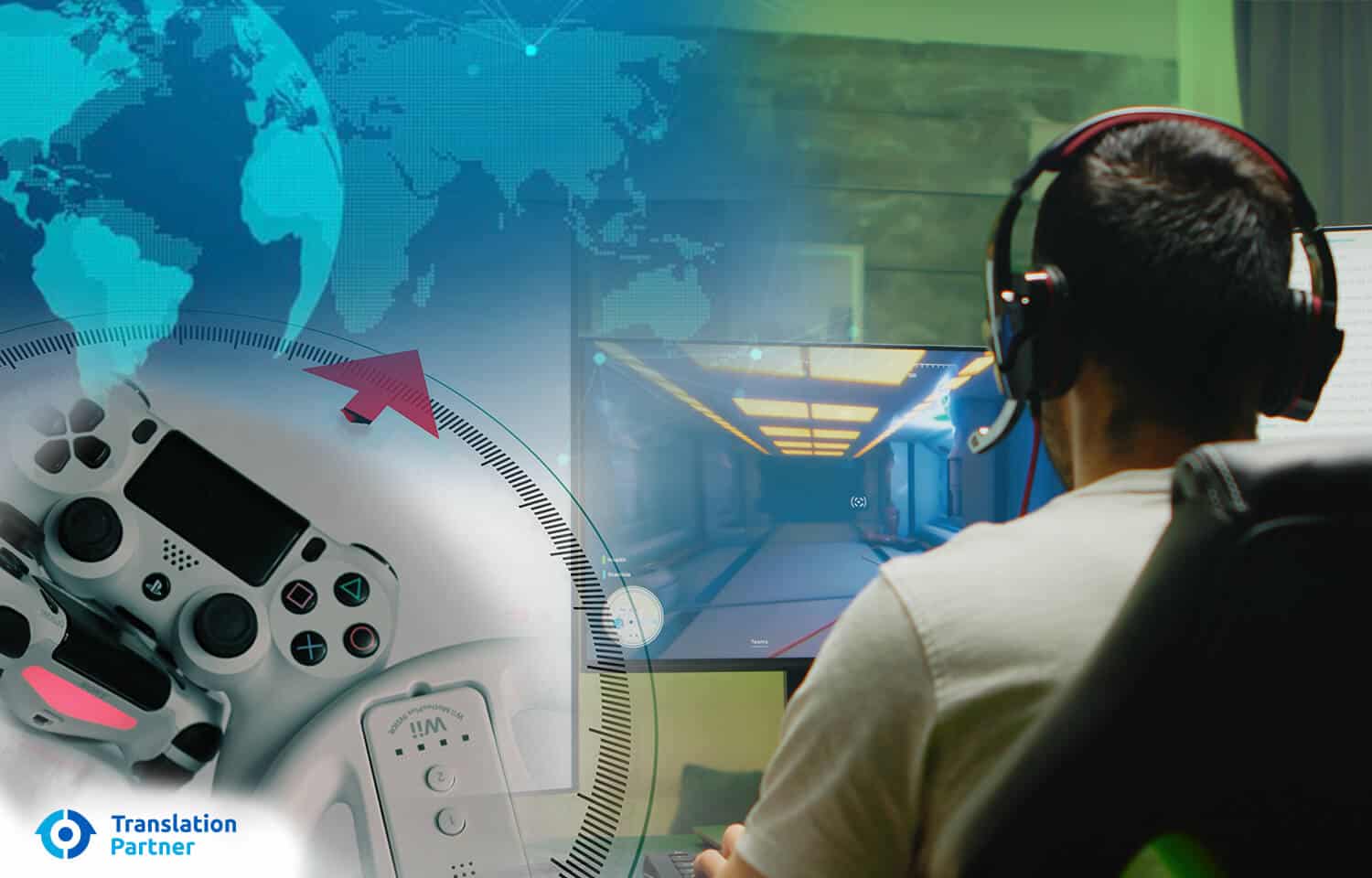5 Keys Strategies for Successful Game Localization

Game localization is an essential aspect of the gaming industry. It enables game developers to reach a global audience and cater to players from various cultural backgrounds.
Game localization involves adapting a game’s content, language, and cultural references to resonate with players in different regions.
But if you plan to use a game localization strategy, you need to plan ahead and implement key strategies that consider linguistic, cultural, and technical aspects.
In this article, we will explore five essential strategies for effective game localization that can help game developers ensure their games are seamlessly adapted for international markets.
From understanding target demographics to optimizing user interfaces and providing culturally appropriate content, these strategies can make all the difference in delivering an immersive gaming experience across borders.
But first, let’s define the term itself.
What is Game Localization?

Game localization refers to adapting video games for different languages, cultures, and regions.
It involves translating the text and dialogue and modifying various elements such as graphics, audio, user interfaces, and gameplay mechanics to suit the preferences and expectations of players in different markets.
Game localization aims to create an authentic experience that resonates with players from diverse backgrounds. It requires a deep understanding of cultural nuances, sensitivities, humor styles, and legal requirements.
Why Game Localization is Important?
1- Reach a wider audience:
Game localization helps game development companies expand their reach attracting people who speak languages other than English or the source language of the game.
This can be particularly important for games designed for a global market, as players are more likely to engage with games tailored to their language and cultural preferences.
2- Improve player engagement and enjoyment:
Games that are localized effectively can provide a more immersive and enjoyable experience for players. By incorporating regional cultural references, humor, and other elements, game developers can make the game feel more relatable and appealing to players in different regions.
This can lead to increased player retention and better reviews, which can ultimately translate into higher revenue and more tremendous success for the game.
3- Promote diversity and inclusivity:
By localizing their games into multiple languages, game developers can help to break down barriers and promote understanding between different communities. This can have a positive impact on the gaming industry as a whole, as players from different backgrounds and cultures are more likely to feel included and valued.
The Most Important Strategies for Successful Game Localization

1. Understand the Target Market:
One of the fundamental components of game localization is understanding the target market’s culture, language, and preferences. Researching and analyzing demographic data can provide valuable insights into player behavior and expectations specific to each region. A deep understanding of local customs, slang, and humor is crucial in ensuring the translated content resonates with players.
2. Adapt User Interface and Controls:
User interface (UI) elements need to be adapted to suit the preferences of different locales to enhance user experience. This entails translating text accurately while accounting for variations in sentence structure or font limitations. Additionally, adapting controls to align with regional preferences ensures that players can effortlessly navigate menus, settings, and other aspects of gameplay.
3. Translate Dialogue Accurately while Retaining Context:
Accurate translation of dialogue is paramount in delivering an immersive gaming experience. Translations should capture not only the literal meaning but also preserve cultural nuances that may exist within the original conversation. Maintaining context aids in conveying emotions effectively across different languages without compromising character development or storyline integrity.
4. Thorough Quality Assurance (QA) Testing:
The success of a localized game hinges on rigorous QA testing throughout all stages of development – from initial translation to fine-tuning regional adaptations. Linguistic and functional testing such as checking for text-overflow, proper alignment, and formatting issues is crucial. Additionally, dedicated playtesting by native speakers helps identify cultural or contextual flaws that may have been missed during the translation process.
5. Update Regularly
Finally, it’s essential to update the game regularly after its release. This includes updating the game’s content, interface, and marketing materials to reflect changes in the target culture. Regular updates can help keep the game relevant to the target market and increase its chances of success over time.
Conclusion:
Game localization is a multifaceted process that requires careful attention to detail, cultural sensitivity, and efficient market research. If you want to make your games successful in the global market, you must follow these strategies mentioned above, which empower gaming studios to create experiences that resonate with players around the world and ultimately expand their global presence.
What are you waiting for? Start localizing your games today with TranslationPartner!
